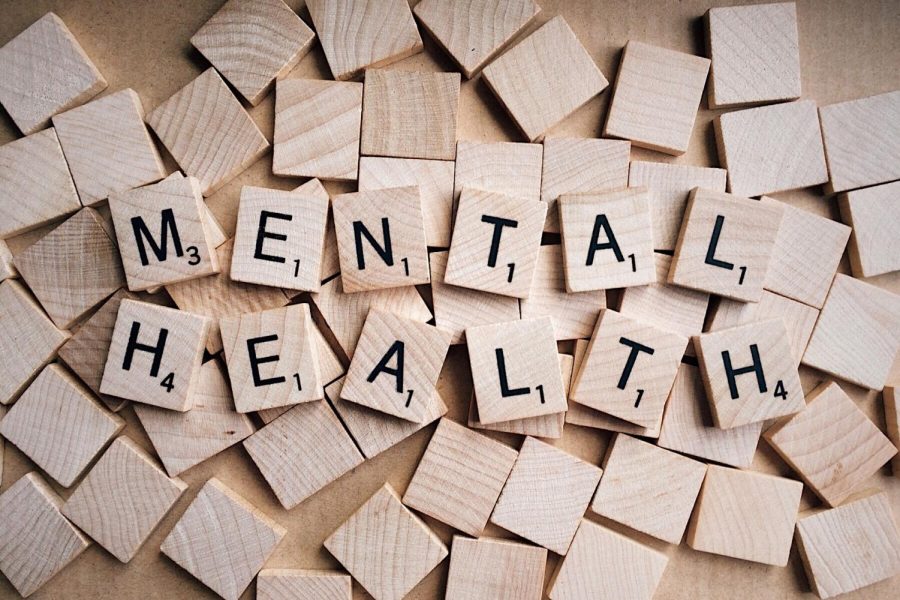Letter: Let’s Use the Pandemic to Solve our Mental Health Crisis
October 10, 2020
I worked with a thirteen-year-old boy last year who talked back to the teacher and often became disruptive in class. He had a behavior contract with his teachers, so he left class one day to try and calm down so that he could rejoin his class. Instead, school administrators found him outside of class, upset, and he spent hours in the principal’s office, where his mom and eventually law enforcement were called. He needed mental health services, and to a certain extent, the school had tried — he had a behavioral contract and the teacher knew this was a coping skill for him. But it was far from effective.
Holistic mental health should be integrated into Utah public schools to provide the opportunity for counseling at each level beginning in elementary school and continuing throughout high school. Although programs focusing on increasing resilience, reducing stressors and addressing depression and anxiety are available, they are not being universally implemented into the school curriculum. This deficit is detrimental because children and adolescents are having to wait until a problem escalates to receive help. According to the Utah Department of Human Services, “mental, behavioral, and emotional disorders are often not recognized until a person has dropped out of school, been hospitalized, entered the criminal justice system, or died from suicide.” A holistic mental health approach is preventative in that it could decrease the student dropout rate, instill positive coping strategies and most importantly, save lives.
Counselors are valuable resources because they are trained to pick up on students’ warning signs, such as angry outbursts or not wanting to be around people. Furthermore, therapists can address students’ risk and protective factors, encourage students to utilize their strengths and enhance nurturing conditions at school. Utah public schools hired numerous counselors in 2019 to support students’ increasing mental health needs. However, it is unclear how students can become connected to these services and what services include. For instance, the Utah State Board of Education does not show what counseling programs are available to students attending public schools on their website.
A school-based approach to mental health services would include trauma-informed staff. Teachers need to be trained to respond to warning signs in the classroom for kids of all ages. Most teachers know to look for signs of neglect and homelessness, but a trauma-informed adult is invaluable to students who simply fall asleep in class, talk back or have a hard time listening. This would help teachers refer students to mental health services in a more empowering and less stigmatizing way, and under circumstances in which the student could benefit from help with stress or family troubles as well as issues like abuse.
School time and money are already tight — but this type of programming already exists and could be integrated into the school curriculum. For example, biology class could take a lesson to go over how trauma impacts development, how mindfulness techniques change brain chemistry or how a healthy support system calms down the nervous system and satisfies the biological human need for belonging. A psych class could go over the anatomy of a healthy relationship, what constitutes abuse and healthy coping skills. Health classes could easily integrate the relationship between mental and physical health. History class could outline the connections between historically rooted social stressors and mental health.
In 2019, Utah ranked at the very bottom across the entire country for mental health services, and over 100 thousand students were among those who needed mental health services. Across the board, programs designed to teach children and teens healthy coping skills gain noticeable improvements. An integrative approach that allocates resources to counseling services while utilizing existing class time and proven materials would make a huge difference for students, like a safety net woven into the school rather than at random junctures.
Anyone can advocate for holistic mental health in public schools by contacting officials, even via social media. Parents and school staff and officials can offer crucial support by contacting their school administration, and by contributing feedback to any proposals or changes. Even before the pandemic, students needed mental health programming in schools. Now it’s clear that mental health is necessary for students to succeed personally as well as academically, and this would provide the groundwork at each level for students to develop the skills and connections that they need.
— Jana Richardson and Molly Nelson, University of Utah MSW Students







